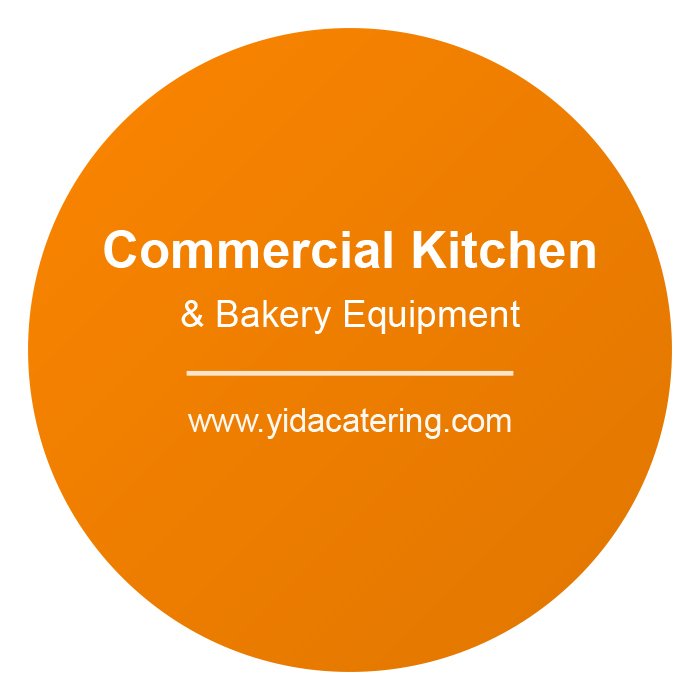In the foodservice industry, frying is one of the most popular cooking methods, offering a quick and efficient way to prepare crispy, flavorful dishes. Whether you run a bustling fast-food chain, a casual dining restaurant, or a food truck, having the right fryer is essential to meet customer demand and maintain consistent quality. Commercial fryers come in various types, each catering to different operational needs and menu offerings. In this blog post, we will explore the different types of fryers for commercial use, their features, and the applications they are best suited for.
1. Open-Pot Fryers
Open-pot fryers are among the most common and versatile options for commercial kitchens. They feature an open vat design, making them ideal for frying low-sediment foods such as French fries, onion rings, and chicken wings. The open design allows for easy cleaning and maintenance, which is crucial in high-volume operations.
Advantages:
- Easy to clean due to the lack of obstructions in the vat.
- Versatile for a wide range of menu items.
- Available in both gas and electric models.
Best For:
- Quick-service restaurants and fast-food outlets.
- Operations with a focus on low-sediment fried foods.
2. Tube-Type Fryers
Tube-type fryers are designed with heating tubes running through the oil, providing even heat distribution. These fryers are particularly well-suited for high-sediment foods like breaded chicken, fish, and tempura. The tubes trap sediment at the bottom of the fryer tank, preventing it from burning and affecting the oil’s quality.
Advantages:
- Excellent for frying heavily battered or breaded items.
- Efficient sediment management to prolong oil life.
- Durable and capable of handling high-volume frying.
Best For:
- Casual dining restaurants and establishments with diverse fried food menus.
- Kitchens that frequently prepare high-sediment foods.
3. Flat-Bottom Fryers
Flat-bottom fryers are designed with a shallow tank and no heating tubes or coils. This design makes them ideal for delicate items like doughnuts, funnel cakes, and tempura that require gentle frying. Unlike other fryers, flat-bottom models do not have a cold zone for sediment collection, so they are not suitable for high-sediment foods.
Advantages:
- Perfect for frying delicate or specialty items.
- Provides even cooking without excessive agitation.
Best For:
- Bakeries, pastry shops, and specialty dessert businesses.
- Operations focusing on light, delicate frying applications.
4. Pressure Fryers
Pressure fryers use a sealed cooking environment to fry food under pressure. This method locks in moisture while creating a crispy outer layer, making it ideal for fried chicken and other proteins. Pressure fryers are highly efficient, reducing cooking times and oil absorption compared to open fryers.
Advantages:
- Produces juicier and more flavorful fried foods.
- Reduces cooking time and oil usage.
- Consistent results with reduced risk of overcooking.
Best For:
- Quick-service restaurants specializing in fried chicken.
- High-volume kitchens aiming for efficiency and quality.
5. Countertop Fryers
Countertop fryers are compact and portable, making them an excellent choice for small-scale operations or businesses with limited kitchen space. Despite their size, these fryers can handle a variety of tasks, from appetizers to side dishes.
Advantages:
- Space-saving design suitable for small kitchens or food trucks.
- Easy to transport and set up.
- Available in single or double-basket configurations.
Best For:
- Food trucks, concession stands, and small cafes.
- Businesses with limited space or lower frying demands.
6. Specialty Fryers
Specialty fryers are designed for specific applications such as frying funnel cakes, corn dogs, or tortilla chips. These fryers often feature unique designs tailored to their intended use, ensuring optimal results for specialty menu items.
Advantages:
- Custom-built for specific frying needs.
- Ensures consistent results for specialty items.
- Enhances efficiency for niche culinary applications.
Best For:
- Theme parks, fairs, and specialty restaurants.
- Businesses focusing on unique or regional fried offerings.
Choosing the Right Fryer for Your Business
When selecting a fryer for your commercial kitchen, it is important to consider several factors:
- Menu Offerings: Identify the types of foods you plan to fry frequently and choose a fryer that aligns with those needs.
- Volume Requirements: Determine your expected output to ensure the fryer can handle your kitchen’s demands.
- Space Constraints: Evaluate your kitchen layout and choose a fryer that fits within your available space.
- Energy Source: Decide between gas or electric models based on your kitchen’s infrastructure and energy efficiency goals.
- Ease of Maintenance: Opt for a fryer that is easy to clean and maintain to minimize downtime.
Conclusion
Selecting the right type of fryer is a critical decision that can significantly impact your kitchen’s efficiency and the quality of your fried offerings. By understanding the unique features and applications of each type of fryer, you can make an informed choice that aligns with your business needs. Whether you’re serving up crispy fries, golden-brown chicken, or delicate pastries, investing in the right fryer will help you deliver exceptional results while optimizing your kitchen operations.

